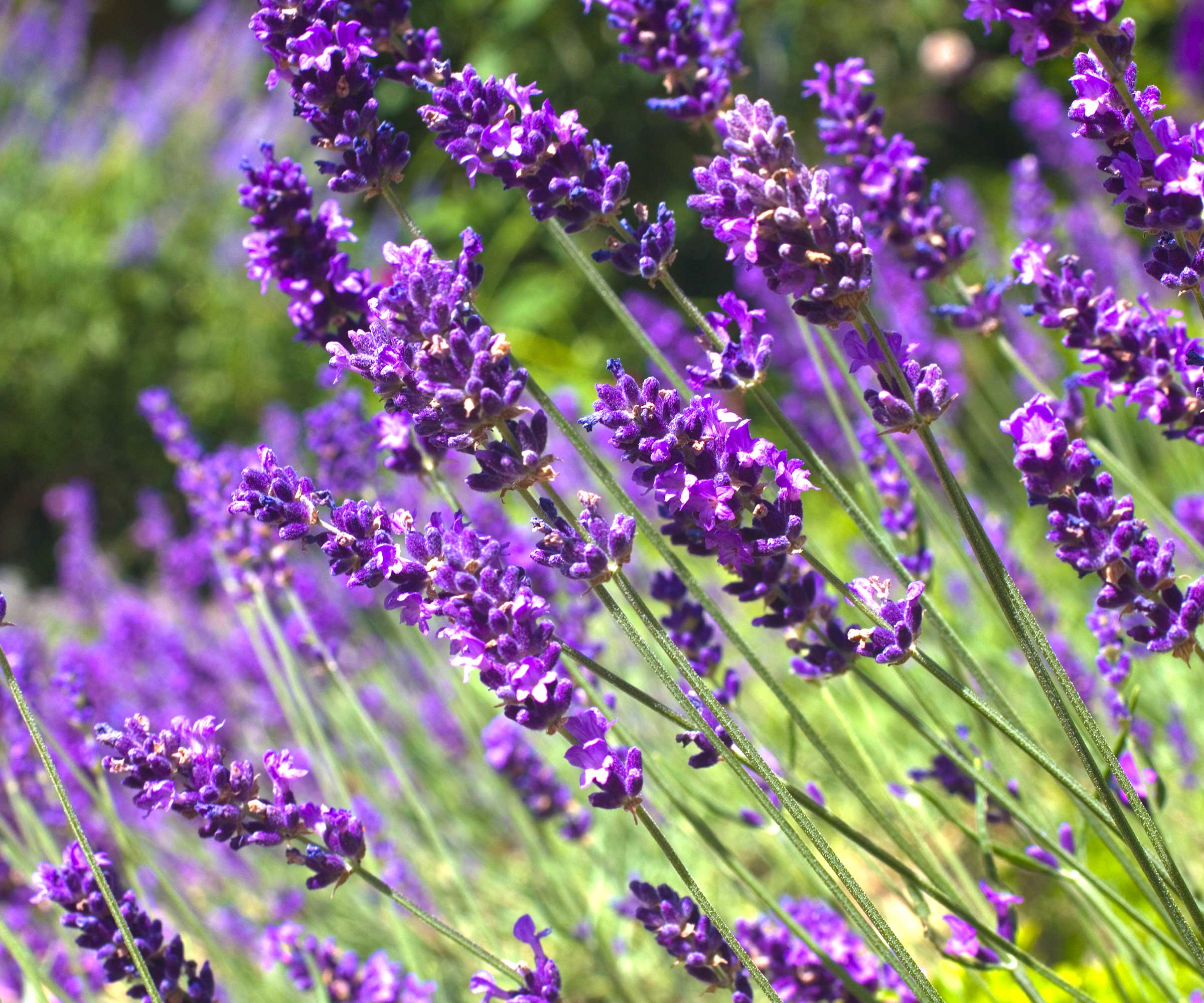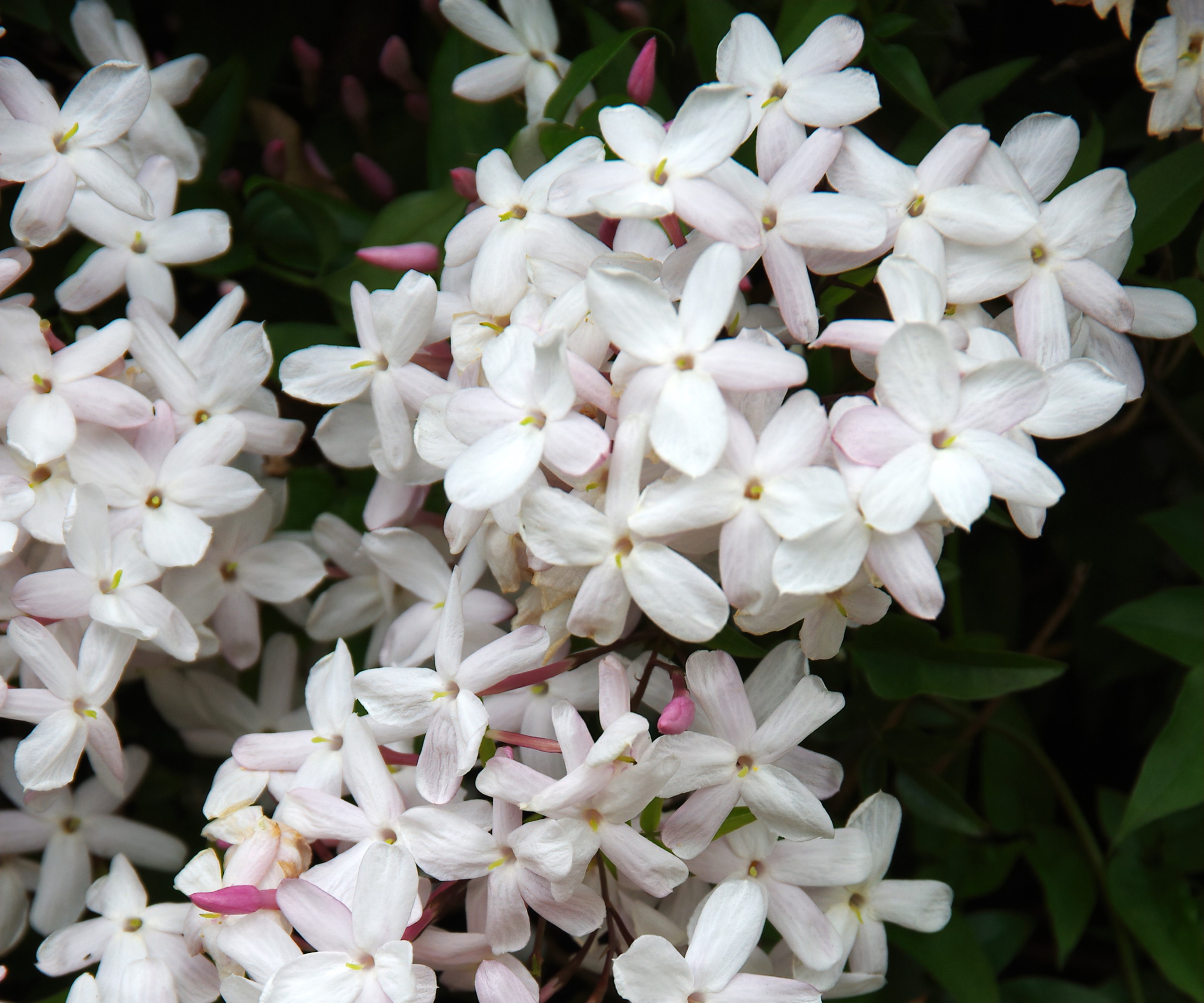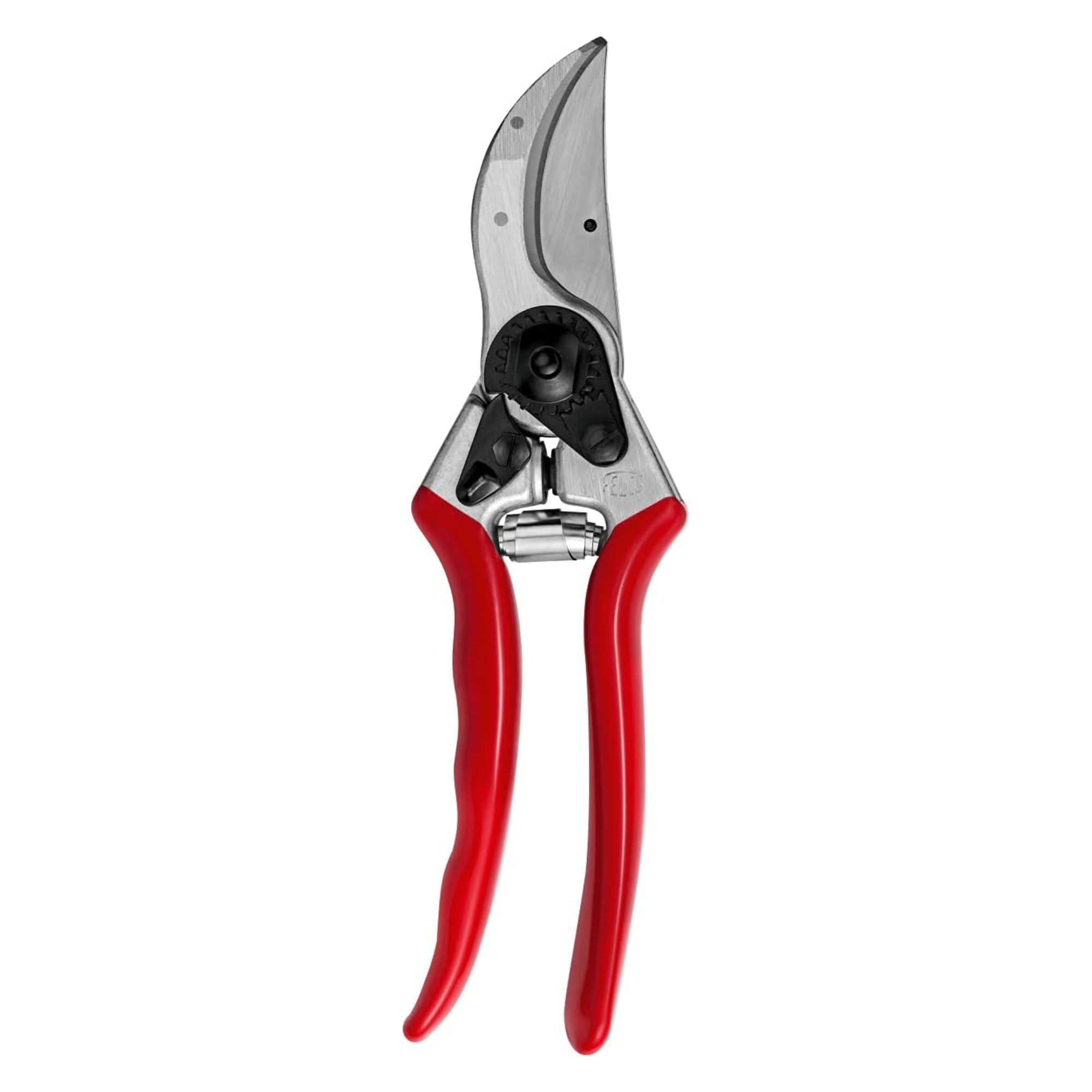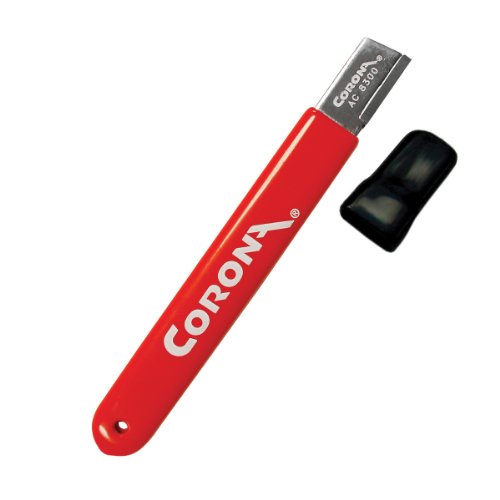7 plants to never prune in December – put the pruning shears down if you want to guarantee gorgeous spring displays
Avoid pruning these popular shrubs this month, and discover exactly when it's right to trim them


Pruning at the right time of year is crucial for healthy plants and every month there are ones you should not prune for various reasons. Even though it may be cold and wintry this month there are some shrubs and trees you can trim, but along with it comes a selection of plants to never prune in December.
Many deciduous trees and shrubs are pruned during their dormant season and can be plants to prune in December, but not all. The potential issues from mistakenly pruning in the winter include removing flowering buds and leaving the plants at risk of diseases and pests.
This list of plants to never prune in December includes popular backyard spring-flowering shrubs that should not be touched, and trees renowned for bleeding sap in winter that can be harmed by pruning this month.

Plants you should not prune in mid-winter
We want to help you avoid making a pruning mistake by trimming at the wrong time of year. As a former professional gardener, I strongly recommended you do not prune the following backyard favorites in December:
1. Birch

Birch trees are popular additions to backyard ideas thanks to their attractive winter bark. The ornamental bark is most commonly white, but different varieties have red, orange, or darker shades of bark. They are fast-growing but short-lived trees that are easy to maintain.
Birch trees often require little pruning, but when they do it is vital to get the timing right. Most deciduous trees are pruned during their dormancy. Birch trees are an exception to that tree pruning rule, they want to be pruned in late summer or early fall rather than during winter.
Birch trees bleed sap heavily if pruned in December and the tree will be left highly susceptible to pests and diseases, particularly birch borers. These native beetles are highly damaging and target stressed birch trees when they lay their eggs in spring.
Design expertise in your inbox – from inspiring decorating ideas and beautiful celebrity homes to practical gardening advice and shopping round-ups.
2. Lavender

Lavender is a hugely popular plant for pollinators that adds fragrance and glorious flowers to flower beds or herb gardens. The plant can be used in cooking, for potpourri, in soaps and skin care products, or for its medicinal properties to aid sleep.
Knowing when and how to prune lavender keeps the plant looking bushy and compact, rather than leggy and woody, and productive year after year.
Stick to trimming lavender annually after flowering in summer, it would be a lavender-growing mistake to prune the shrub in winter. It is hardy from US hardiness zone 5 to US hardiness zone 9, depending on the variety, and you may need to winterize lavender in colder climates.
Part of caring for lavender in winter includes not pruning. Trimming in December would not only cut off lots of buds that would have sprouted come spring, but cold and frosts can penetrate the pruning cuts and potentially kill your lavender.
3. Jasmine

Jasmine are fantastic climbing plants adored for their fragrance, flowers, and long-lasting glossy foliage. When you grow jasmine climbing up a wall or fence, your yard can be filled with fragrance as it flowers throughout the summer. Different varieties of jasmine can have white, pink, or yellow flowers and there are jasmines suitable for growing in pots.
There are over 200 species of jasmine, including summer flowering and winter jasmine, and it would be wrong to prune jasmine this month. Winter jasmine should be trimmed after flowering in spring. If you care for jasmine that flower in summer you will cut off all the buds set to carry next year’s flowers by pruning in winter - depriving you of that fabulous display of fragrant blooms and leaving you looking at bare stems come next summer.
4. Azaleas

If you are growing azaleas, refrain from pruning them in winter otherwise you will rob yourself of their dramatic blooms that fill the evergreen shrub with color in spring and early summer.
The right time to prune azaleas comes after they have finished flowering. Azaleas produce their blooms on last year’s growth, so pruning straight after blooming ends gives them time to develop new wood and buds to carry next year’s flowers. Heading out with the pruning shears and trimming in December will remove these buds and severely impact next year’s flowering.
If you have an overgrown and unkempt azalea that needs renovation, the Azalea Society of America recommends waiting until after winter. They say: ‘The best time is in early spring before the plant is ready to put out new growth, so it has the full growing season to fill out and for the new growth to mature.’ Attempting major pruning in December risks the shrub getting killed by winter frosts.
5. Magnolia

The large and showy flowers of magnolia trees are a sight to behold, the bowl or star-shaped blooms stand out against the tree’s bare branches in spring and early summer. These much-loved early bloomers can start flowering in March, depending on the variety, and they only have a short flowering period of a few weeks to enjoy the usually pink or white flowers.
It may be fleeting, but the flowers are inspiring - so why do anything to risk that display by pruning a magnolia tree in winter? If you are growing and caring for a magnolia tree, pruning at the wrong time risks both the display and the health of the tree as a whole.
Knowing when to prune a magnolia tree is important. Magnolias usually require little trimming, but when they do it is best to prune after blooming. The trees bloom on old wood, so trimming after summer removes buds. Magnolias are also known to bleed sap when pruned in winter, leaving them at risk of pests and diseases.
6. Redbuds

Eastern redbud trees are a spectacular sight when they flower in early spring. They burst into bloom and are covered in clusters of pink or purple blooms on stems and branches before the leaves appear, putting on a dramatic show for a few weeks.
The best time to prune this native tree - the state tree of Oklahoma - is after blooming, though they often require little pruning. Trimming a redbud heavily in winter will affect this early spring display.
Remove any dead, damaged, or diseased stems if you spot them during winter, but do not aim to heavily prune a redbud during dormancy this month as you want to enjoy the striking flowering display.
7. Walnuts

Walnut trees are large and self-fertile deciduous trees that can produce large crops of edible nuts. There are different types of walnuts, including native black walnuts and English walnuts - which are actually native to China.
Walnut trees are very simple to grow and require little maintenance. That includes rarely needing pruning, though when they do there are two key rules to follow.
Prune walnut trees from midsummer to fall and never trim in the middle of winter, as they bleed sap and can be vulnerable to diseases. The other rule is to prune lightly and always avoid hard pruning walnuts.
Shop pruning tools

A comfortable, sharp, and hard-wearing pair of pruning shears, it is no surprise that the Felco No. 2 pruners are regarded as one of the best pruners on the market.
We have mentioned some spring-flowering shrubs that should not be trimmed this month, but there are a few more popular ones to avoid pruning. It includes making sure to not have pruning forsythia or pruning lilac on your winter gardening checklist, or you’ll miss out on their glorious flowering displays in spring. Be safe and class any shrubs that flower in spring as plants to never prune in December.

Drew has worked as a writer since 2008 and was also a professional gardener for many years. As a trained horticulturist, he worked in prestigious historic gardens, including Hanbury Hall and the world-famous Hidcote Manor Garden. He also spent time as a specialist kitchen gardener at Soho Farmhouse and Netherby Hall, where he grew vegetables, fruit, herbs, and cut flowers for restaurants. Drew has written for numerous print and online publications and is an allotment holder and garden blogger. He is shortlisted for the Digital Gardening Writer of the Year at the 2025 Garden Media Guild Awards.

